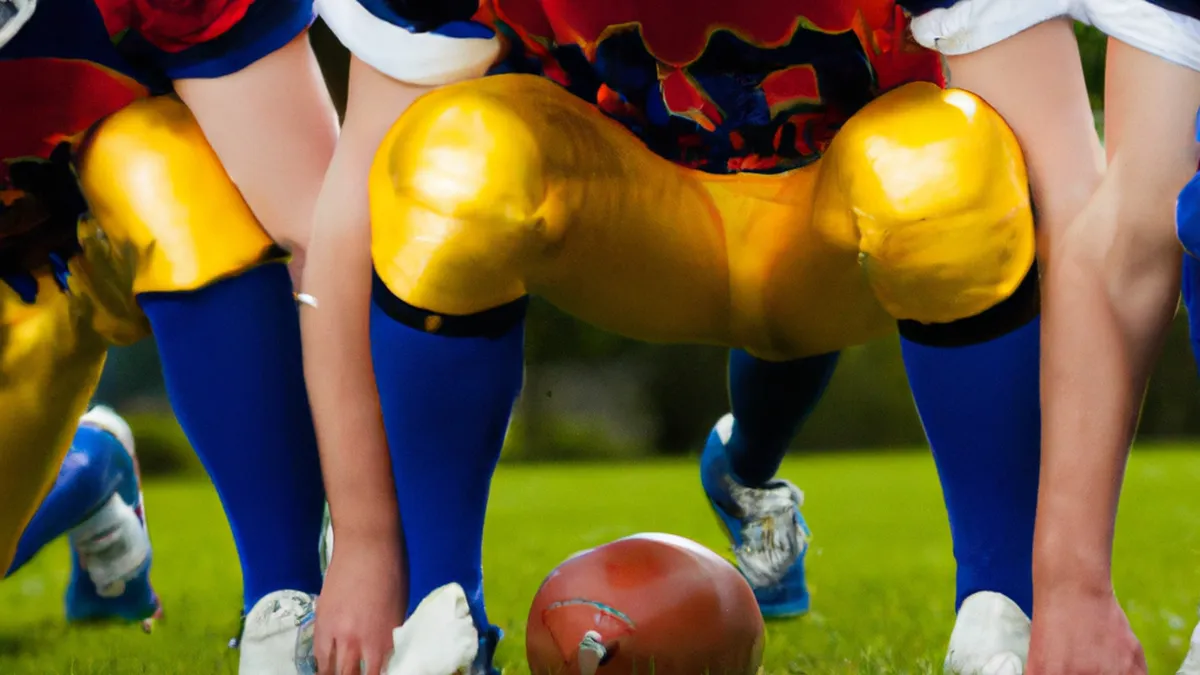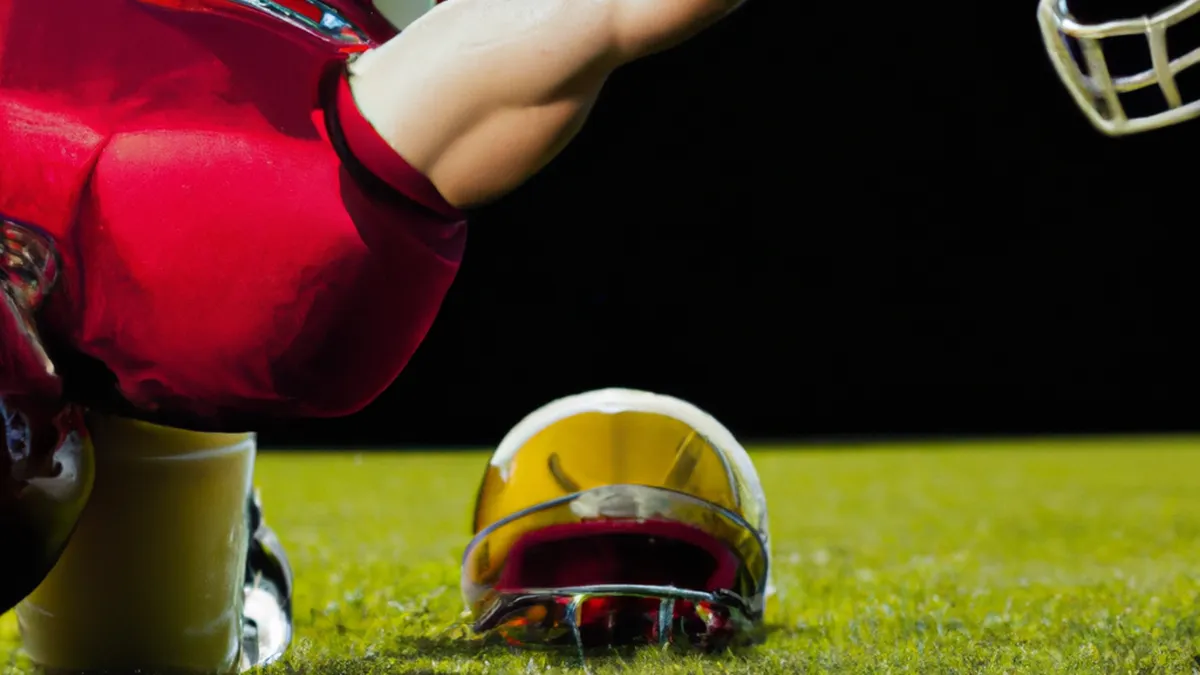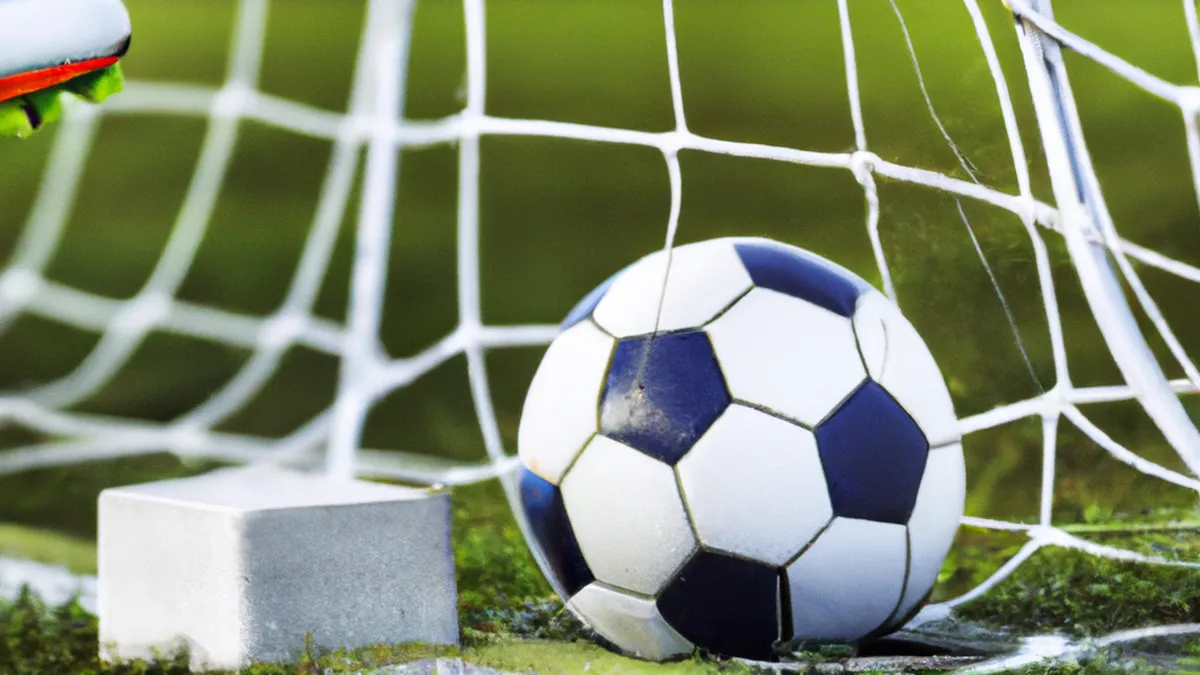Common Injuries in Women’s Sports
Female Athlete-Specific Injury ConcernsFemale athletes experience unique injury risks that often go unnoticed. Understanding these risks promotes safety in sports and enhances performance. As women’s participation in athletics grows, we must recognize their specific vulnerabilities and effective prevention strategies. This blog explores common injuries, prevention tips, and awareness benefits, empowering female athletes to prioritize their health.
Common Injuries in Female Athletes
Female athletes often experience various injuries more frequently than male athletes. These injuries include:
Anterior Cruciate Ligament (ACL) Injuries
ACL injuries frequently occur in female athletes. Sports like soccer, basketball, and gymnastics involve jumping and rapid direction changes. Research shows women face a four to six times higher risk of ACL injuries compared to men. Several factors contribute to this increased risk:- **Anatomical Differences**: Women usually have a wider pelvis, creating a greater Q-angle. This anatomical difference alters knee mechanics and increases ACL injury risk.- **Hormonal Influences**: Hormonal fluctuations, especially estrogen, affect ligament laxity and muscle strength, making ligaments more vulnerable during certain menstrual cycle phases.- **Neuromuscular Control**: Women often exhibit different muscle activation patterns. They may rely on quadriceps rather than hamstrings, increasing stress on the ACL.
Patellofemoral Pain Syndrome
Patellofemoral pain syndrome (PFPS) causes pain in the front of the knee. Female athletes frequently suffer from this condition due to overuse, muscle imbalances, or improper kneecap tracking. Studies show that differences in hip and knee alignment increase PFPS risk for female athletes.
Stress Fractures
Stress fractures commonly affect female athletes in endurance sports like distance running, gymnastics, and dance. Repetitive impact on bones causes microfractures. Female athletes face higher stress fracture risks due to:- **Lower Bone Density**: Women generally possess lower bone density than men, making their bones more prone to fractures.- **Menstrual Irregularities**: Conditions like amenorrhea lead to hormonal imbalances that negatively impact bone health.- **Nutritional Deficits**: Insufficient intake of essential nutrients, particularly calcium and vitamin D, compromises bone strength and increases fracture risk.
Concussions
Concussions pose a significant concern for female athletes, especially in contact sports.
Conclusion
As an Amazon Associate I earn from qualifying purchases.
Gear tip: consider basketball, soccer ball, and soccer cleats to support this topic.
Understanding injury risks empowers female athletes to prioritize their health and well-being. Awareness helps prevent injuries and enhances performance.
Below are related products based on this post:
FAQ
What are the unique injury risks faced by female athletes?
Female athletes experience unique injury risks that often go unnoticed, such as ACL injuries, patellofemoral pain syndrome, stress fractures, and concussions. These injuries can be attributed to anatomical differences, hormonal influences, and muscle activation patterns that differ from male athletes. Recognizing these risks is essential for promoting safety and enhancing performance.
Why are ACL injuries more common in female athletes?
ACL injuries are more prevalent in female athletes due to several factors, including anatomical differences like a wider pelvis that increases the Q-angle. Hormonal fluctuations also play a role, as they can affect ligament laxity and muscle strength, making injuries more likely. Additionally, female athletes often rely more on quadriceps than hamstrings, which increases stress on the ACL.
How do nutritional deficits affect female athletes?
Nutritional deficits, particularly in calcium and vitamin D, can compromise bone strength and increase the risk of stress fractures among female athletes. Lower bone density in women makes them more susceptible to fractures, especially in endurance sports. Maintaining a balanced diet is crucial for supporting bone health and overall athletic performance.















Post Comment